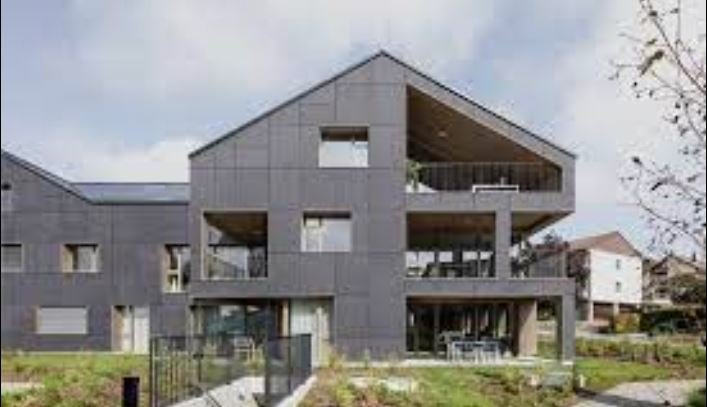Building Information Modeling
Building Information Modeling (BIM) revolutionizes the architecture, engineering, and construction (AEC) industry by providing a digital representation of a building’s physical and functional characteristics. This technology facilitates collaboration, enhances efficiency, and improves project outcomes from inception to demolition.

1. Enhanced Collaboration
BIM fosters enhanced collaboration among project stakeholders. Architects, engineers, contractors, and owners can access and update a shared digital model. This collaborative environment reduces misunderstandings, improves communication, and ensures all parties work from the same set of data. For example, the construction of the Shanghai Tower utilized BIM to coordinate complex architectural and engineering elements, leading to a seamless execution.
2. Improved Design Quality
BIM improves design quality by enabling precise visualization and analysis. Architects can create detailed 3D models that include every component of a building. These models allow for thorough inspections and simulations, identifying potential issues before construction begins. The One World Trade Center project in New York benefited from BIM, ensuring design integrity and structural soundness.
3. Streamlined Construction Processes
Streamlined construction processes are a significant benefit of BIM. The technology facilitates efficient scheduling, cost estimation, and resource management. By simulating construction sequences, BIM helps in optimizing workflows and minimizing delays. The Sydney Opera House refurbishment project employed BIM to manage its complex construction stages, ensuring timely completion within budget.
4. Lifecycle Management
BIM supports effective lifecycle management of buildings. From planning and design to construction and maintenance, BIM provides a comprehensive digital record. Facility managers can use BIM for maintenance scheduling, renovations, and even eventual demolition. The National Stadium in Beijing, known as the Bird’s Nest, utilizes BIM for ongoing maintenance and operational efficiency.
5. Cost and Time Savings
Cost and time savings are critical advantages of BIM. By identifying and resolving conflicts in the design phase, BIM minimizes costly errors during construction. Accurate cost estimations and efficient resource allocation further contribute to savings. The Heathrow Airport Terminal 5 project used BIM to achieve significant cost reductions and timely delivery.
6. Sustainability and Energy Efficiency
BIM enhances sustainability and energy efficiency in building projects. Through energy modeling and performance analysis, BIM helps design buildings that meet environmental standards. The Bullitt Center in Seattle leveraged BIM to achieve its net-zero energy goals, demonstrating the technology’s capability in creating sustainable structures.
7. Risk Management
Effective risk management is another benefit of BIM. The technology allows for comprehensive risk assessments and mitigation strategies. By simulating various scenarios, BIM helps identify potential risks and develop contingency plans. The Burj Khalifa in Dubai used BIM to manage the risks associated with its unprecedented height and complexity.
Data-Driven Decision Making
BIM empowers data-driven decision-making throughout a building’s lifecycle. The detailed information within BIM models provides valuable insights for informed choices regarding materials, construction methods, and maintenance strategies. This data-centric approach enhances overall project quality and longevity.
Conclusion
Building Information Modeling stands as a transformative technology in the AEC industry. By enhancing collaboration, improving design quality, streamlining construction processes, and supporting lifecycle management, BIM drives efficiency and sustainability in building projects. Its ability to save costs and time, improve energy efficiency, and manage risks solidifies its role as an indispensable tool in modern construction. As the industry continues to evolve, the adoption of BIM will play a pivotal role in shaping the future of architectural and engineering excellence.



